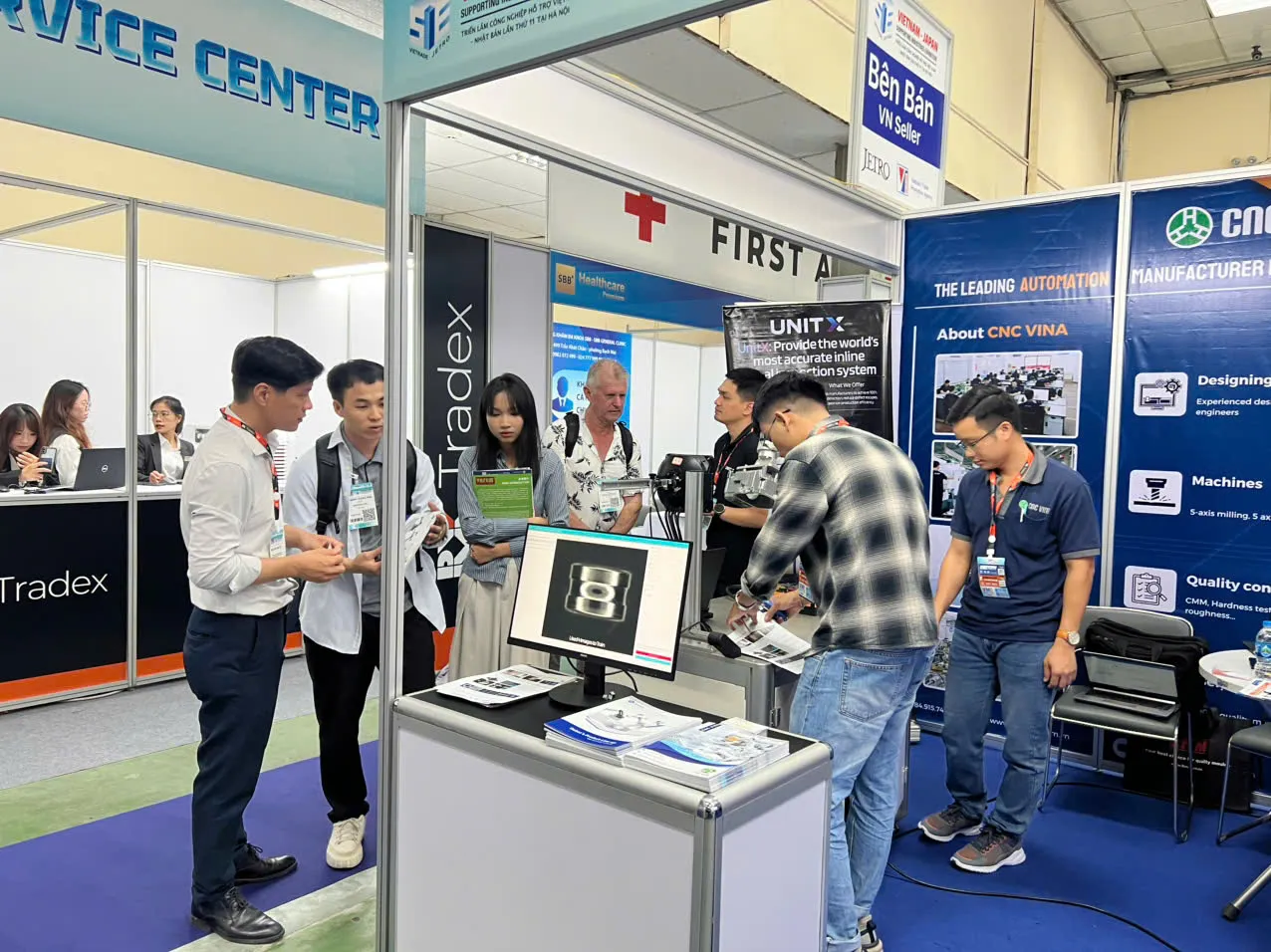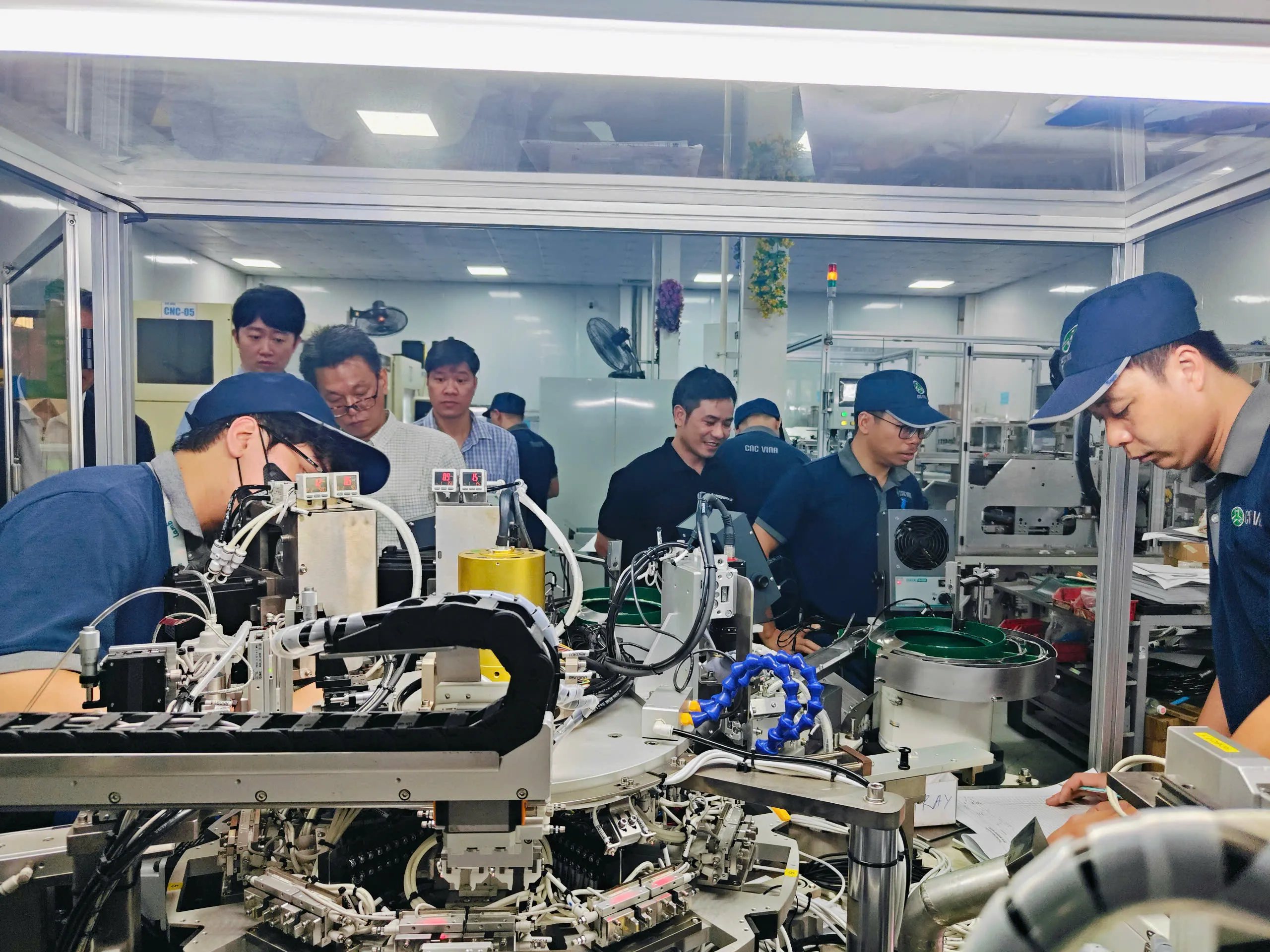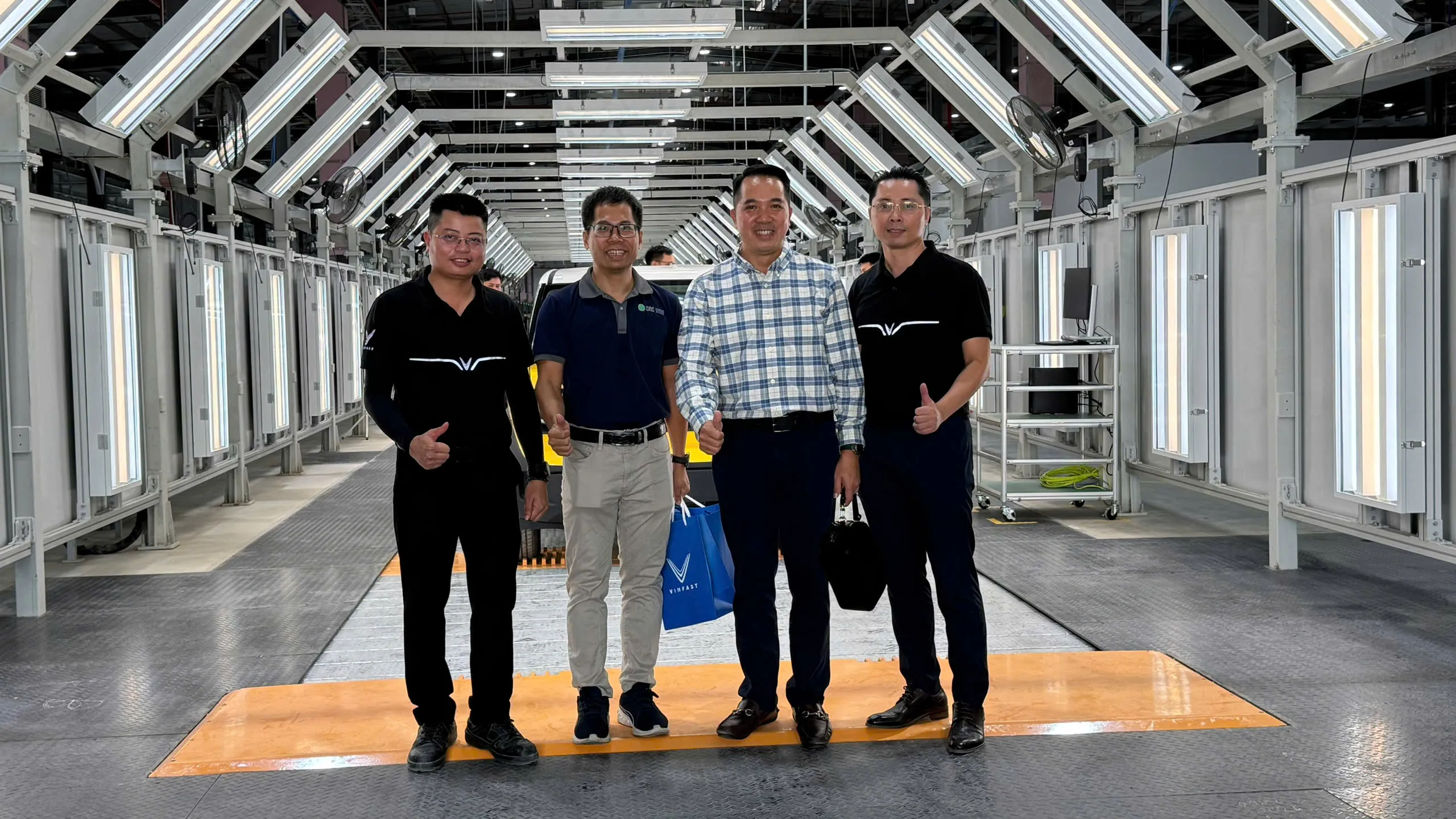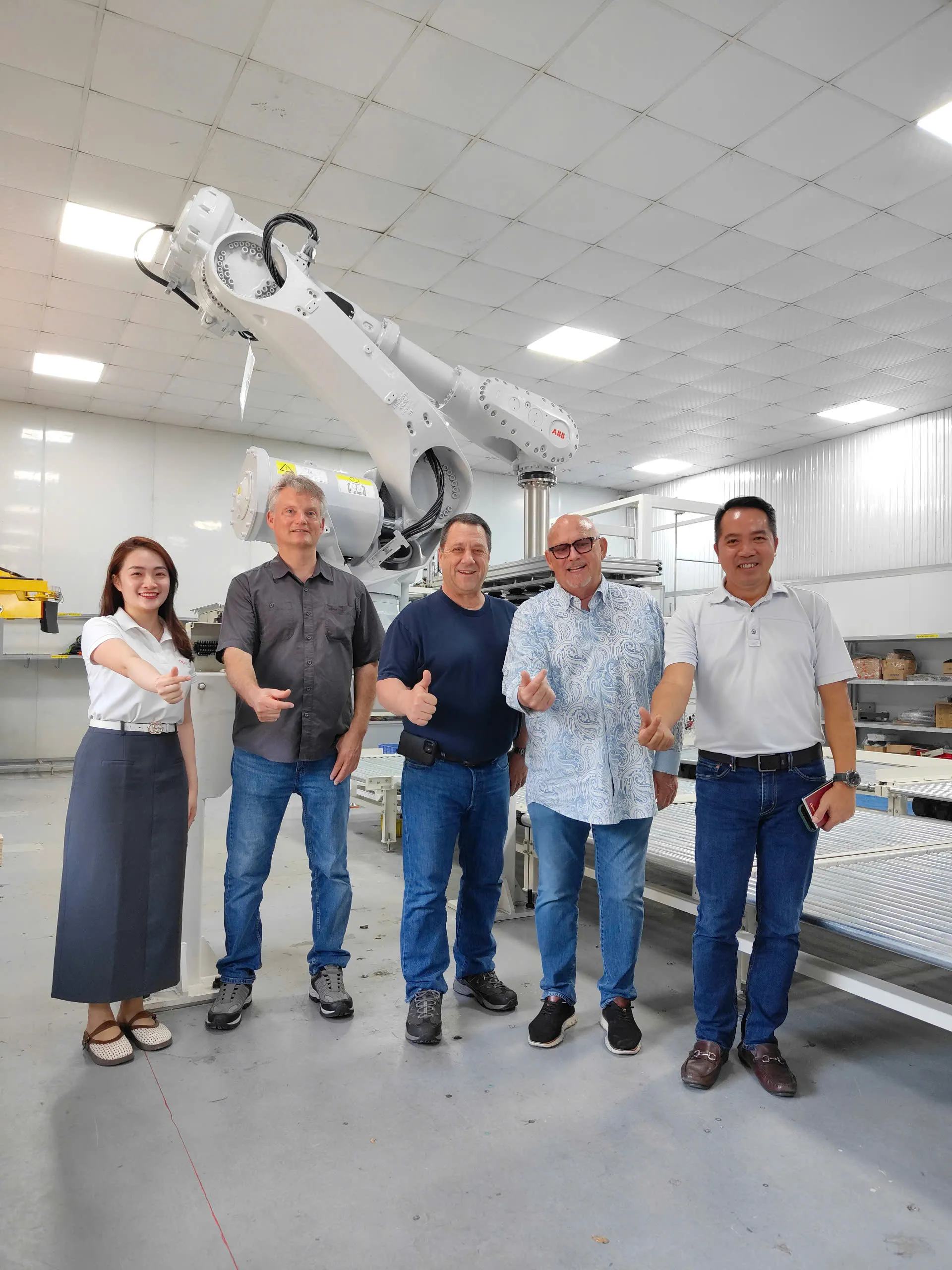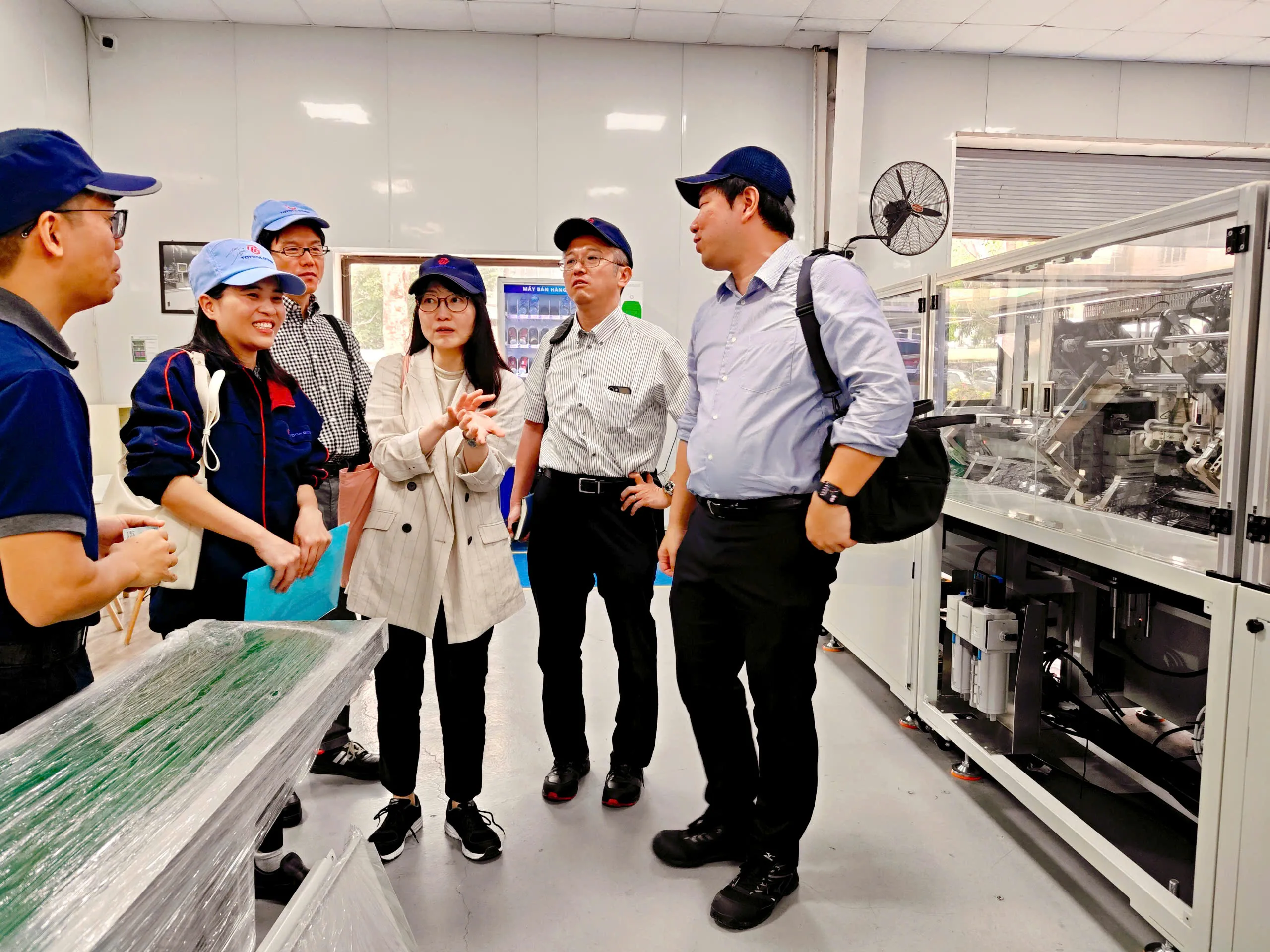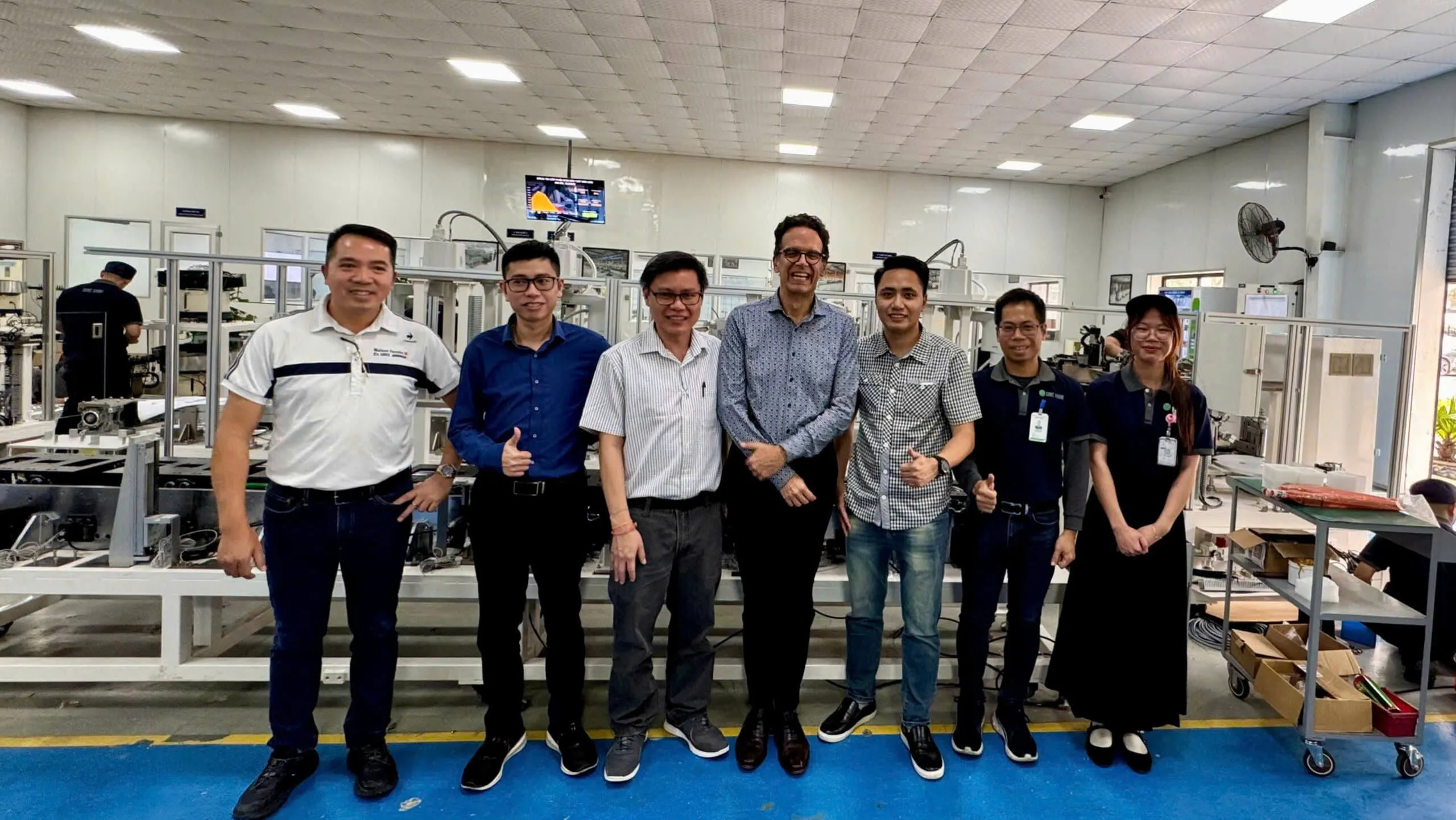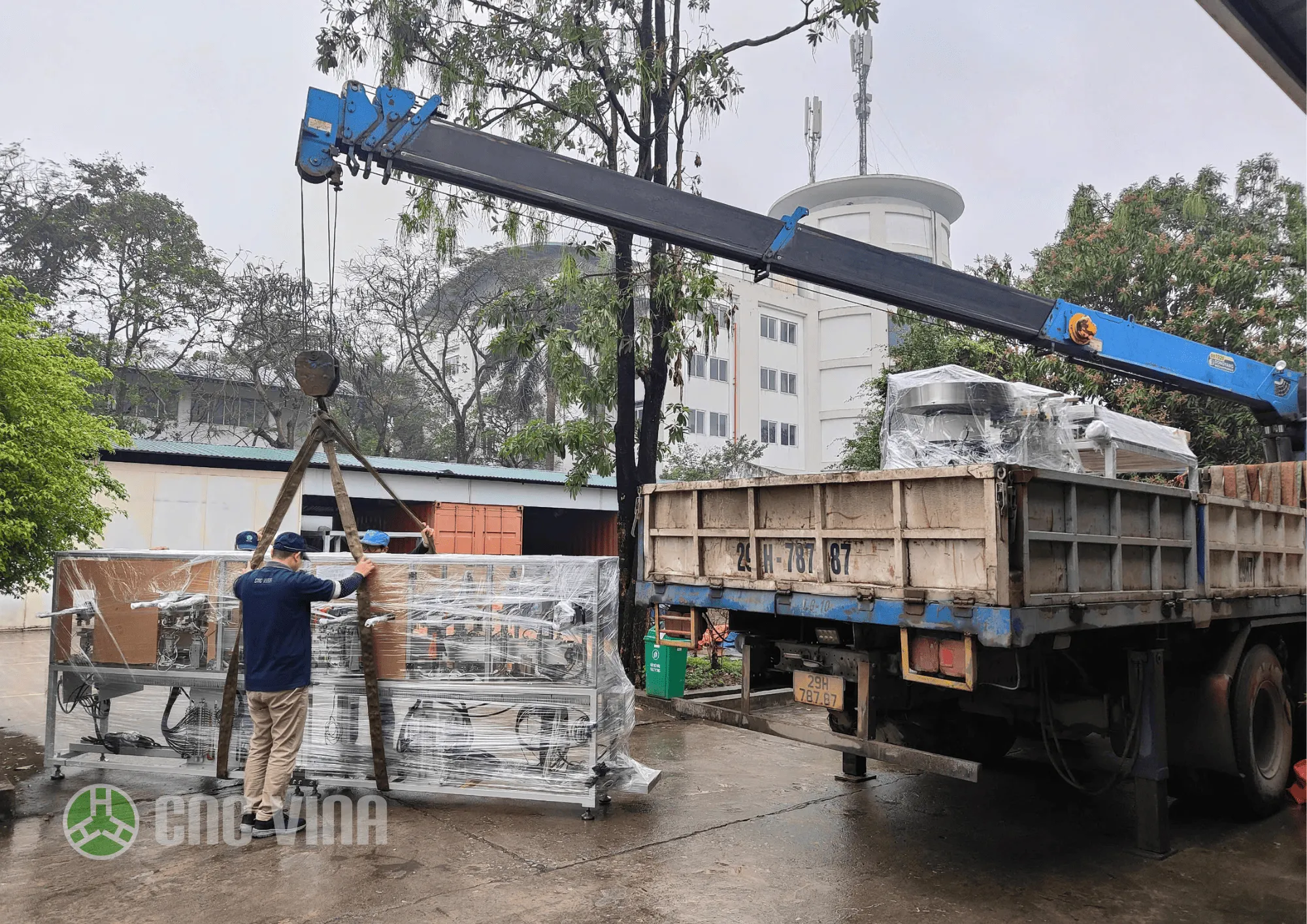Introduction to bearing press machines: Functions and features
Introduction
Definition of bearing press
A bearing press, commonly referred to as a press or bearing installation tool, is a mechanical device designed to apply controlled force to press a bearing onto a shaft or into a housing.
The importance of bearing presses in various industries
Bearing presses play a crucial role in industries related to machinery, including automotive, aerospace, manufacturing, construction, etc.
The bearing press ensures the precise and even installation of bearings, which is essential for maintaining the proper alignment and function of rotating machinery parts. Proper installation helps reduce the risk of premature bearing failure and costly downtime.
Bearing presses are indispensable tools in industries that rely on machinery, providing precision, efficiency, safety, and cost savings during the bearing installation process.
Function of the bearing press
Explaining the primary purpose of bearing presses
The main purpose of a bearing press is to facilitate the precise installation of bearings onto a shaft or into a housing. Bearings are vital components in machinery as they allow shafts to rotate smoothly and efficiently while supporting loads and reducing friction.
Proper installation of bearings is critical to ensuring the longevity, performance, and safety of machinery. A bearing press serves this purpose by applying controlled force to press the bearing into its designated position.
How the bearing press works
A bearing press automates and streamlines the bearing installation process, delivering precision, efficiency, and consistency in various industrial applications. By applying controlled force and ensuring proper alignment, it presses the bearing onto shafts or into housings with high accuracy.
Overview of components and mechanisms
The bearing press combines various components and mechanisms to provide a robust and reliable solution for precise bearing installation in industrial applications.
The frame provides structural support for the bearing press. It is typically made from durable materials like steel or cast iron to withstand the force generated during pressing.
The pressing mechanism applies controlled force to press the bearing onto a shaft or into a housing. There are several types of pressing mechanisms used in bearing presses, including hydraulic, pneumatic, mechanical, or a combination of these. Hydraulic presses are widely used due to their ability to provide high force with precise control.
The tooling refers to specialized parts used to hold and support the bearing components and couplings during the pressing process. This may include arbor supports, adapters, die sets, or fixtures designed to accommodate different bearing sizes and types. The tooling ensures proper alignment and positioning of the bearing for accurate installation.
Modern bearing presses may have electronic or computer-controlled systems to monitor and adjust the pressing operation. Advanced control systems can provide programmable settings for different bearing installation scenarios.
Bearing presses are equipped with safety features to protect operators and prevent accidents during operation. These include safety guards, emergency stop buttons, interlock systems, and pressure relief valves to ensure safe operation and minimize risks associated with high-pressure applications.
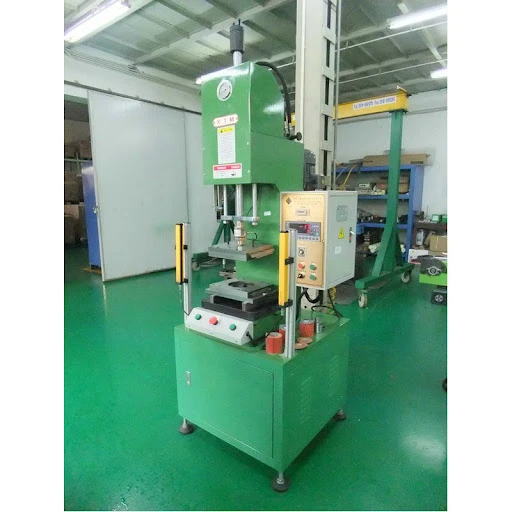
Step-by-step bearing pressing process
The bearing installation process involves several steps:
- Prepare the bearing and shaft or housing: Clean and lubricate the bearing and ensure that the contact surfaces are clean and free from debris.
- Set up based on specifications and application requirements: Match the installation with the bearing size and type.
- Position the bearing on the shaft or into the housing: Ensure proper alignment and orientation. In some cases, the bearing may need to be heated or cooled before installation, especially for press fits where the bearing and component have tight tolerances.
- Apply force: Once the bearing is in the correct position, begin the pressing operation. Depending on the machine design, the force may be applied manually, hydraulically, pneumatically, or through a combination of mechanisms. The machine applies controlled force to gradually press the bearing into place.
- Verify the installation: After pressing, the operator checks the installation to ensure the bearing is correctly and securely positioned.
- Finalize: After confirming the bearing installation, any excess lubricant or contaminants are cleaned, and the machinery is reassembled if necessary.
Advantages of using bearing presses
The advantages of using a bearing press include precision, efficiency, flexibility, consistency, safety, cost-effectiveness, and enhanced quality control, making them essential tools in industries reliant on machinery assembly, maintenance, and repair.
-
Precision: Bearing presses provide precise control over the pressing force, ensuring accurate and consistent installation of bearings onto shafts or into housings. This is critical for the performance and longevity of machinery.
-
Time savings: Bearing presses automate the installation process, significantly reducing time and labor compared to manual methods. Operators can quickly and easily install bearings, speeding up machinery assembly, maintenance, and repairs.
-
Consistency: With a bearing press, installation parameters like pressing force, speed, and alignment can be precisely controlled and maintained throughout the process, ensuring uniformity in bearing installations and reducing the risk of errors, defects, or premature failures due to improper installation.
Types of bearing presses
Hydraulic bearing press
A hydraulic bearing press utilizes a hydraulic system to provide controlled force for bearing pressing. These systems offer benefits such as high load capacity, precise control, adjustability, smooth operation, and reliability, making them ideal for various bearing installation applications in industrial environments.
Description of the hydraulic system and its benefits
When the operator starts the pressing operation, a hydraulic pump creates pressure, pushing hydraulic fluid into cylinders. The hydraulic cylinders apply force to the pressing mechanism, transferring force to the bearing being installed. The amount of applied force is controlled by adjusting the pressure in the hydraulic system using pressure control valves.
Benefits of hydraulic systems
-
High force: Hydraulic systems can generate large amounts of force, making them suitable for pressing operations requiring high pressure.
-
Precise control: Hydraulic systems provide precise control over the applied force, allowing operators to achieve accurate and consistent results.
-
Adjustability: Hydraulic systems are adjustable, enabling operators to change the pressure and force depending on the requirements of different bearing installation tasks.
-
Safety: Hydraulic systems integrate safety features like pressure relief valves to prevent overload and ensure safe operation.
Applications and industries using hydraulic bearing presses
Hydraulic bearing presses are used in various industries, including:
Automotive Industry:
-
Engine assembly, transmission, and drivetrain components.
-
Bearing installation in wheel hubs, axles, and suspension systems.
-
Manufacturing automotive components like gears, shafts, and bearings.
Aerospace industry:
-
Aircraft engine assembly, landing gear systems, and flight control components.
-
Bearing installation in aircraft structures, landing gear assemblies, and propeller systems.
-
Manufacturing aerospace components requiring precise bearing installation.
Heavy machinery and equipment manufacturing:
-
Assembly of construction machinery like excavators, bulldozers, and cranes.
-
Bearing installation in industrial machines such as presses, turbines, and generators.
-
Manufacturing heavy machinery parts like gearboxes, rollers, and shafts.
Manufacturing and fabrication plants:
-
Bearing installation in conveyor systems, manufacturing machines, and robotic equipment.
-
Assembly of industrial automation systems, including robots, pick-and-place machines, and CNC machines.
-
Production of manufacturing plant components requiring precise bearing installation.
Pneumatic bearing press
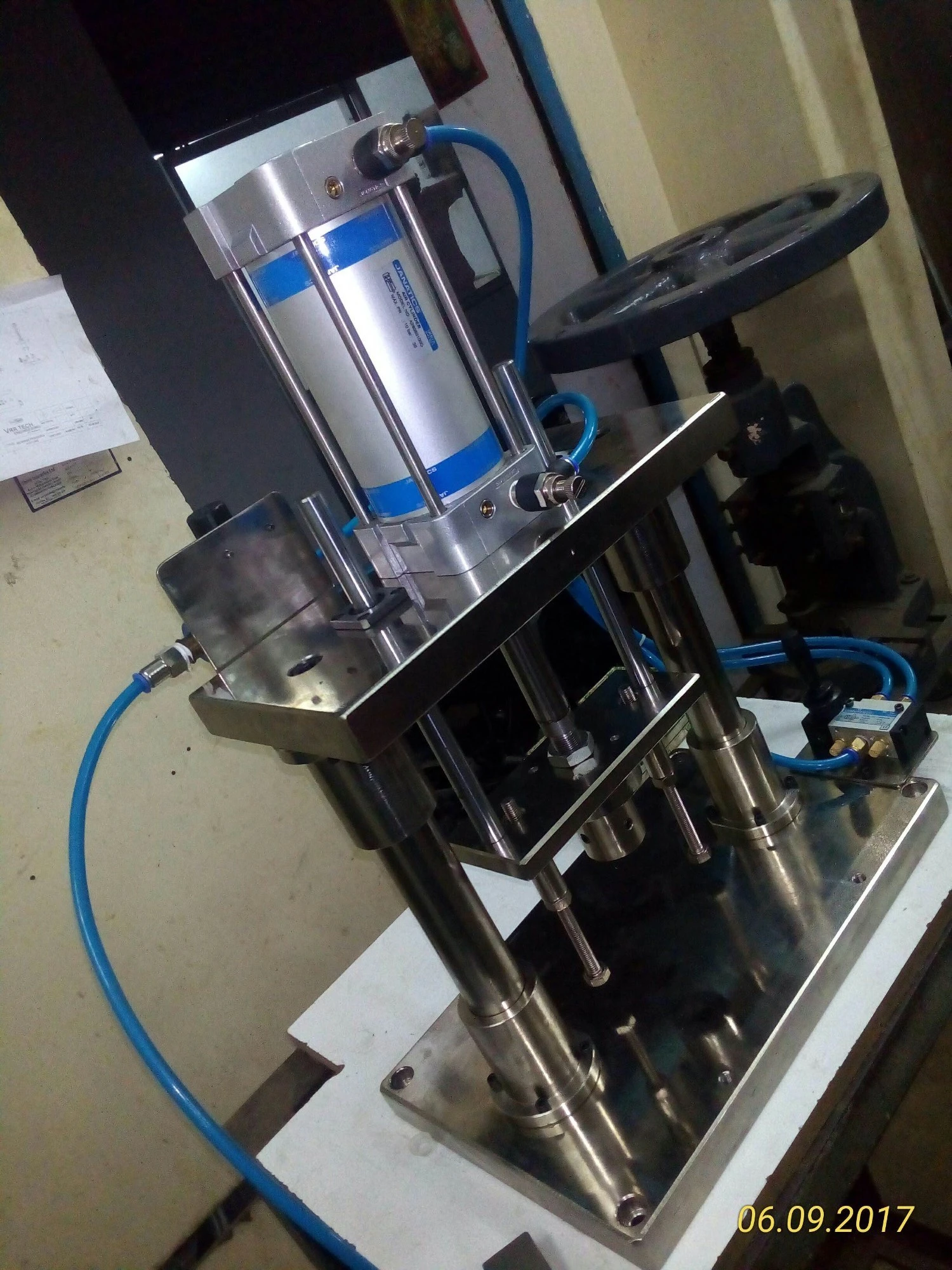
A pneumatic bearing press uses a compressed air system to apply controlled force to press a bearing onto a shaft or into a housing.
Explanation of the pneumatic system and its benefits
When the compressor is activated, it compresses air and stores it in an air tank. The compressed air is then directed to pneumatic cylinders through control valves.
The pneumatic cylinders extend or retract based on the airflow direction, applying force to the pressing mechanism, such as a ram or piston, transferring force to the bearing being installed. Operators can control the amount of applied force by adjusting the air pressure in the pneumatic system using pressure control valves.
Benefits of pneumatic systems
-
Fast operation: Pneumatic systems have a quick response time, making them ideal for applications requiring fast or high-speed operation.
-
Adjustability: Pneumatic systems allow easy adjustment of the applied force by modifying the air pressure. This provides flexibility to accommodate different bearing installation requirements.
-
Clean operation: Pneumatic systems use air as the working fluid, offering cleaner and more environmentally friendly operation compared to hydraulic systems that use oil-based fluids.
-
Safety: Pneumatic systems are inherently safe as they do not carry the risk of fluid leaks or contamination associated with hydraulic systems. They also integrate safety features like pressure relief valves to prevent overload.
-
Cost-effective: Pneumatic systems are often more cost-effective to install and maintain compared to hydraulic systems because they use simpler components and do not rely on expensive hydraulic fluids.
Industries and applications using pneumatic bearing presses
Pneumatic bearing presses find applications across various industries, including:
Manufacturing industry:
-
Assembly of machinery and equipment like engines, pumps, and compressors.
-
Bearing installation in industrial automation systems, conveyor belts, and material handling equipment.
-
Manufacturing production line components requiring precise bearing installation.
Automotive industry:
-
Assembly of automotive parts like engines, transmissions, and steering systems.
-
Bearing installation in vehicle chassis, wheel hubs, and suspension systems.
-
Manufacturing automotive parts and components requiring precise bearing installation.
Features of bearing presses
Overview of common features found in bearing presses
Common features in bearing presses include:
-
Safety features: Guards, emergency stop buttons, interlock systems, and pressure relief valves ensure safe operation for the operator.
-
Adjustability: Settings to adjust pressing force, speed, stroke length, and alignment to accommodate different bearing sizes and types.
-
Ease of use: User-friendly interface, intuitive controls, and convenient design features for efficient and comfortable operation.
-
Flexibility: Capability to handle various bearing configurations, materials, and sizes, making them suitable for a wide range of applications.
-
Maintenance features: Easy access to components for inspection, cleaning, and maintenance to ensure optimal performance and longevity.
These features contribute to the overall efficiency, accuracy and safety of the bearing press, making them essential equipment in industries requiring precise bearing installation.
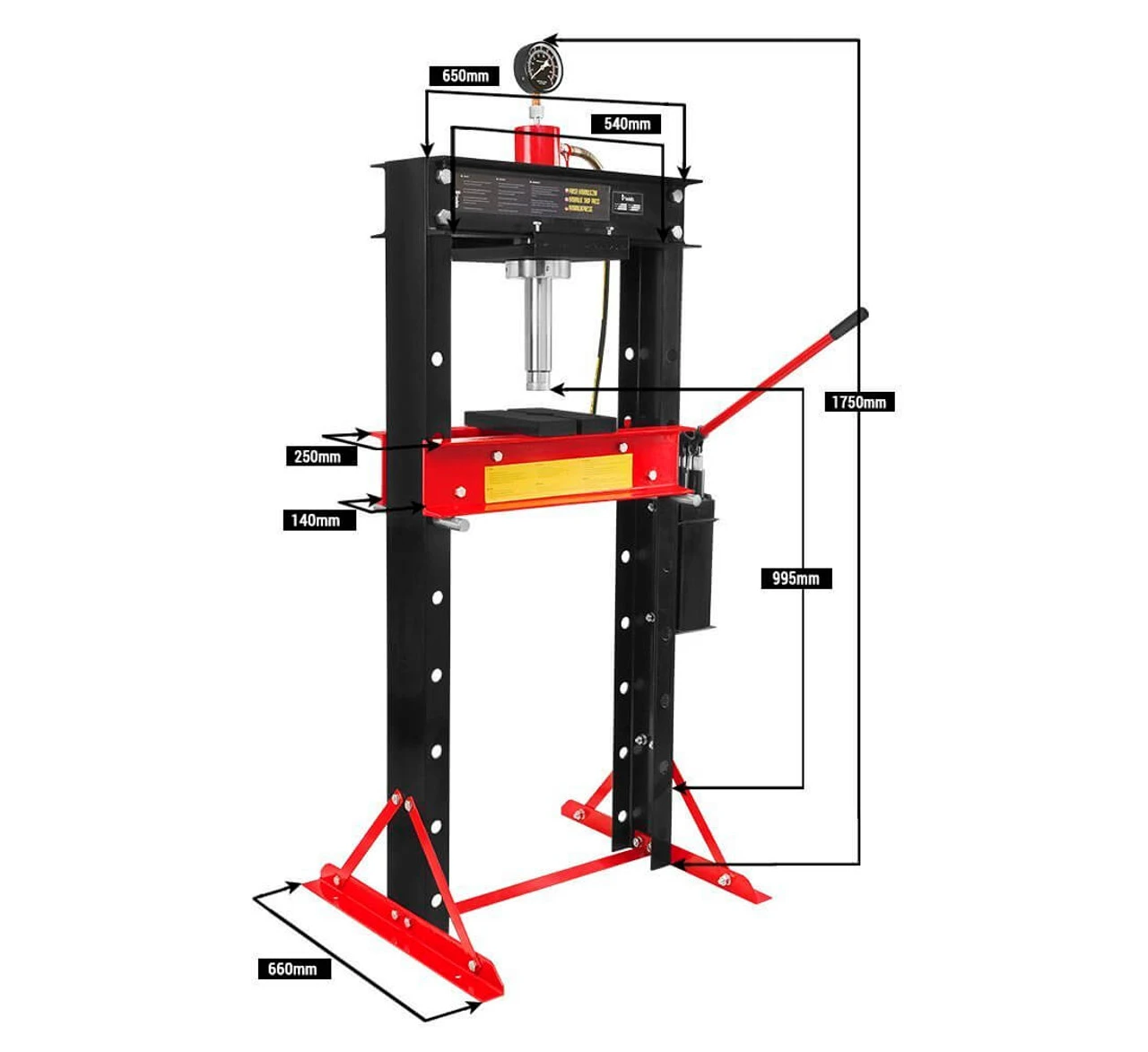
Pressure and force control mechanism
A hydraulic or pneumatic system is used to apply controlled force. Pressure regulators and valves adjust the force according to the bearing specifications. Pressure gauges or sensors monitor the applied force during the installation process.
Safety features and precautions
- Safety guards and shields protect operators from moving parts, and emergency stop buttons are provided to immediately halt operations.
- Interlock systems prevent operation when safety guards are not in place, and pressure relief valves prevent overload, ensuring safe operation.
Accuracy and precision control
- Adjustable speed and stroke settings allow precise control of pressing operations.
- Positioning aids such as laser guides or digital readout devices ensure accurate alignment.
- Load cells or force sensors measure and verify the applied force.
- Feedback systems provide real-time data on pressing parameters.
Advanced features and technologies in modern bearing press machines
- Modern bearing press machines are typically equipped with advanced features and technologies to improve efficiency, precision, and productivity.
- Load cells and force sensors: Integrated load cells and force sensors measure the applied force during the pressing process, providing real-time feedback to ensure accurate bearing installation.
Computer numerical control (CNC) integration:
- CNC systems enable automated operation and programmable settings.
- Touchscreen interfaces offer intuitive operation and user-friendly programming.
- Advanced algorithms optimize pressing parameters based on bearing specifications.
Automatic loading and unloading capabilities:
- Conveyor systems or robotic arms handle automatic loading and unloading of bearings.
- Vision systems identify and position bearings accurately before pressing.
- Automatic tool changers enable fast tool setup and adjustments.
Remote monitoring and diagnostics:
- Remote access capabilities allow monitoring of machine status and performance from afar.
- Diagnostic tools help in troubleshooting and identifying maintenance needs.
- IoT connectivity (Industrial Internet of Things) allows for predictive maintenance and data analysis.
Considerations when choosing a bearing press machine
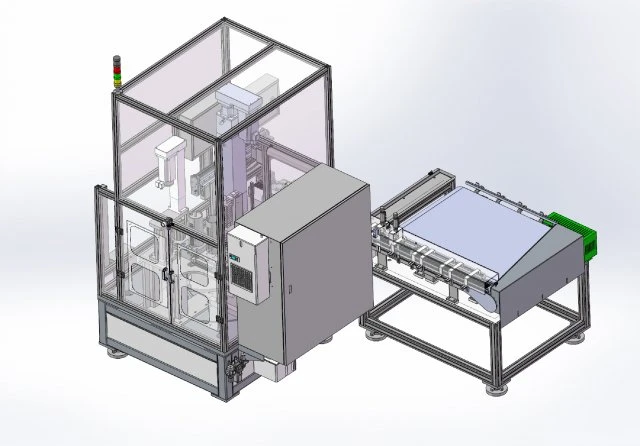
Key factors to consider when selecting a bearing press machine
Choosing the right bearing press machine requires careful evaluation of several factors to ensure it meets your specific needs and delivers optimal performance. Essential considerations include pressing force and machine capacity, the pressing mechanism, and achievable precision.
Application-specific requirements
- Identify the type and size of the bearings you will be working with. Determine the required force and precision for the pressing operation.
- Consider any necessary features or capabilities for your application, such as automatic loading/unloading or CNC system integration.
Space and capacity constraints
- Assess the available space in your facility to accommodate the machine. Ensure the machine’s capacity aligns with the size and weight of the bearings you will handle.
- Take into account factors such as floor area, ceiling height, and accessibility for maintenance and operation.
Budget considerations
- Determine your budget for the machine, including any additional costs for installation, training, and maintenance.
- Compare prices across various models and brands to find the best value for your investment.
- Also, consider long-term operating costs, including energy consumption, maintenance, and potential downtime.
Comparing models and brands
- Research and compare different models and brands available on the market.
- Evaluate aspects such as build quality, reputation, warranty coverage, and after-sales support.
- Assess each machine’s features, capabilities, and technical specifications to identify which best meets your requirements.
Key specifications and technical details
- Pay close attention to the machine’s core specifications to ensure compatibility with your application needs and performance expectations.
- Consider additional features such as control system interfaces, safety functions, and compatibility with tools and accessories.
Customer reviews and feedback
- Read customer reviews and testimonials to gauge user experiences with different models and brands.
- Look for feedback regarding reliability, performance, ease of use, and customer support.
Conclusion
Bearing press machines are essential tools in industries where precise bearing installation is critical to ensure reliable performance of machinery and equipment. By providing controlled force, accuracy, and safety, these machines help enhance the efficiency, longevity, and quality of industrial operations.
Investing in a high-quality bearing press machine ensures optimal performance, minimizes downtime, and increases overall productivity in industrial processes.
Importance and function of bearing press machines
Bearing press machines operate by applying controlled force through hydraulic, pneumatic, or mechanical systems. They feature specialized tooling, precision control systems, and safety mechanisms to ensure accurate and secure bearing installation.
These machines are vital tools across various industries for accurately pressing bearings onto shafts or into housings.

 Tiếng
Anh
Tiếng
Anh



 Tiếng Anh
Tiếng Anh

